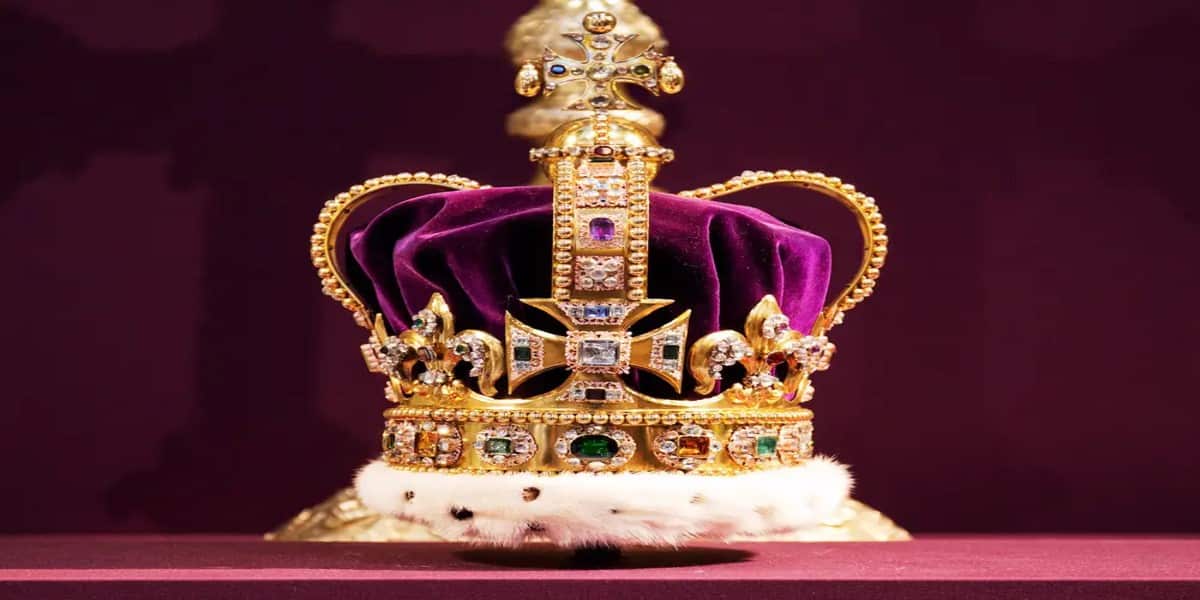Kohinoor
Doodlebrary
- The Kohinoor diamond is one of the most famous and valuable diamonds in the world.
- Its name, “Kohinoor,” is of Persian origin and means “Mountain of Light.”
- The diamond has a long and storied history, with a complex and disputed ownership.
- Origins: The exact origins of the Kohinoor are not well-documented, but it is believed to have been mined in India. It is thought to have been in the possession of various Indian rulers, including the Kakatiya dynasty and the Mughal Empire.
- Historical Ownership: The diamond changed hands multiple times over the centuries. It was taken by various invaders, including Nadir Shah and Ahmad Shah Durrani, and eventually came into the possession of the Sikh Empire under Maharaja Ranjit Singh in the early 19th century.
- British Acquisition: After the Second Anglo-Sikh War in 1849, the British East India Company obtained the Kohinoor diamond as part of the Treaty of Lahore. It was presented to Queen Victoria.
- Controversy and Dispute: The ownership of the Kohinoor diamond has been a subject of dispute and controversy for many years. India, Pakistan, and Afghanistan have all laid claims to the diamond, and there have been calls for its return.
- Current Location: The Kohinoor diamond is currently on display in the Crown Jewels of the United Kingdom at the Tower of London. It is part of the British Crown Jewels.
- Historical Significance: The Kohinoor is known for its historical and cultural significance, and it has been the subject of various legends and stories.
- The Kohinoor diamond remains a symbol of India’s rich history and has been a source of ongoing debate regarding its rightful ownership.
- It continues to be a topic of interest and discussion in the context of colonialism and cultural heritage.
